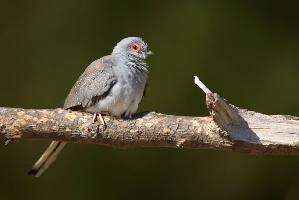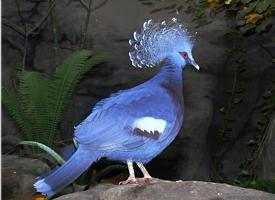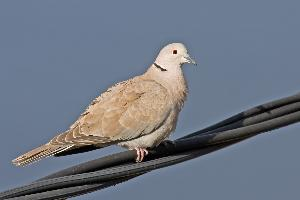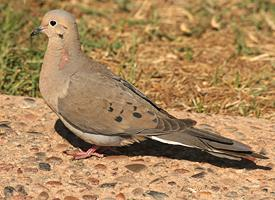
Váhy a míry
| Délka | 31 cm |
|---|
Stav ohrožení
| Neohrožen |
Popis zvířete
The Mourning Dove (Zenaida macroura), also known as the American Mourning Dove, the Rain Dove, and colloquially as the Turtle Dove, is a member of the dove family, Columbidae. The bird is renowned for its distinctive, haunting call that sounds like a lament, from which it derives its name. It is one of the most widespread and abundant bird species in North America, found from southern Canada through the continental United States to Mexico, Central America, and the Caribbean.Mourning Doves have a graceful, slender profile with a round head, a straight, thin beak, and long, pointed tails, a feature that distinguishes them from other doves. They measure about 9 to 13 inches (23 to 34 cm) in length, and their wingspan can reach up to 18 inches (45 cm). Adults typically weigh between 3.4 to 6.0 ounces (96 to 170 grams). Their plumage is generally light gray and brown with a slightly pinkish hue on the underside, and they possess distinctive black spots on their wings. One of their most recognizable features is the iridescent feather patch on the neck, which can shine with pink and green hues in the right light. Their long, tapered tails have white-edged feathers, which are conspicuous during flight.
Mourning Doves are renowned for their powerful, streamlined flight, capable of reaching speeds up to 55 miles per hour (88 kilometers per hour). They are highly adaptable birds, comfortable in a variety of habitats including suburban areas, farms, open woods, and grasslands. They tend to avoid dense forests and swamps.
Diet-wise, Mourning Doves primarily feed on seeds, which make up more than 99% of their diet. They consume a wide variety of seeds from grasses, grains, and weeds, and will occasionally eat snails or insects. They forage on the ground, moving about with a soft, ground-dwelling gait.
Mourning Doves are monogamous and are known for their strong pair bonds. During the breeding season, which can span from February to October, males perform elaborate display flights to attract females. Nests are rather simple platforms of twigs, built by females with materials collected by males, usually situated in trees or shrubs, and occasionally on building ledges or in hanging planters. Females typically lay two eggs, and both parents share in the incubation and feeding of the young with "crop milk," a nutrient-rich fluid produced in their crops.
Their mournful cooing, a soft, woeful call that sounds like "coo-ah, coo, coo, coo," is a familiar sound in many landscapes. This call serves various purposes, including attracting a mate and communicating among pairs or groups.
Despite their abundance, Mourning Doves face threats from habitat loss and predation. They are also one of the most popular game birds in North America, with millions harvested annually by hunters. However, their prolific breeding habits help to maintain stable populations.
The Mourning Dove holds significant cultural symbolism in many societies, often representing peace, love, and the spirit of the deceased. Its evocative call and serene presence make it a cherished sight in the natural world.
Mapa výskytu
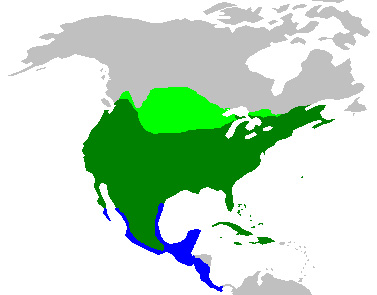
Podobná zvířata
Nové fotografie zvířat
Top 10 zvířat
- Common cockchafer (Melolontha melolontha)
- Common house mosquito (Culex pipiens)
- Colossal squid (Mesonychoteuthis hamiltoni)
- Giant house spider (Eratigena atrica)
- Harpy eagle (Harpia harpyja)
- Fruit fly (Drosophila melanogaster)
- Common reed warbler (Acrocephalus scirpaceus)
- Australian box jelly (Chironex fleckeri)
- Proboscis monkey (Nasalis larvatus)
- Moustached guenon (Cercopithecus cephus)
